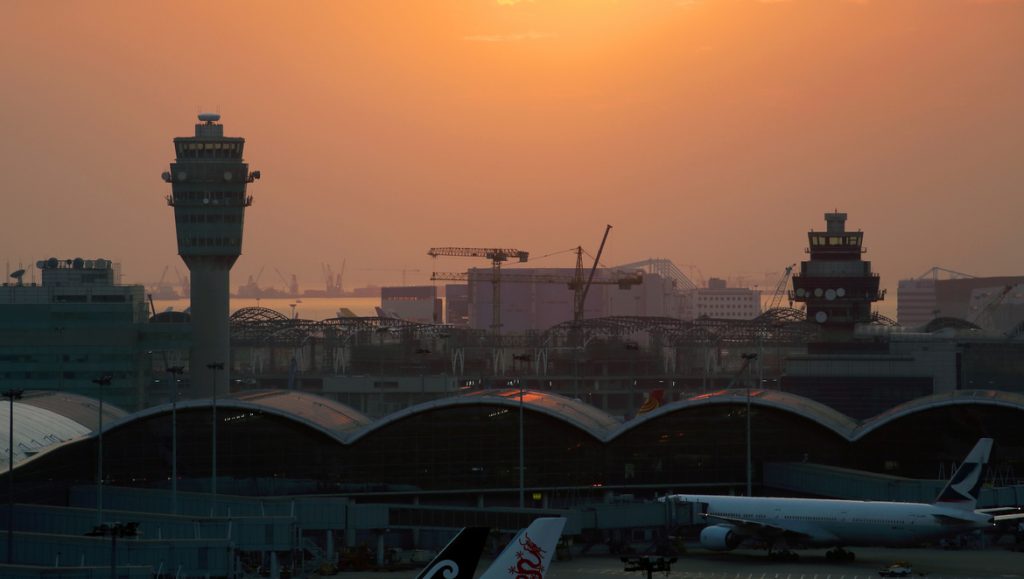
Airports Council International (ACI) World has posted preliminary world airport traffic rankings covering passenger volume, cargo volumes, and aircraft movements for 2019.
The data also provides a limited glimpse into the first-quarter of 2020, showcasing the dramatic impact of the COVID-19 outbreak.
Across last year, total passenger traffic was up 1.7 per cent across the world’s 20 busiest hubs. This group alone represented 17 per cent of global passenger traffic.
As the outbreak roiled airports in Q1 2020, one of the worst-hit was Beijing Capital International Airport; which recorded a 62.6 per cent decline in passenger traffic for that period year-on-year.

“ACI data shows that the outbreak of COVID-19 had a dramatic and immediate impact on the world’s airports and the wider aviation ecosystem,” said ACI World director general Angela Gittens. “From a period of sustained passenger traffic growth in 2019, the industry is now in survival mode, crippled by the loss of passenger traffic and revenues.
“This year will pose major and unprecedented challenges for the industry as the impacts of travel restrictions and lockdown measures introduced in response to the pandemic remain an existential threat to the aviation industry unless governments can provide appropriate relief and assistance.
“Airports are critical in the air transport ecosystem which is a key driver of local, regional and national economies. Financial relief and assistance is urgently needed.”
Air cargo figures show the industry managed to fare better in Q1, likely due to the mitigating effects of demand for humanitarian aid and repatriation flights.
Louisville Airport (Kentucky, USA) and Seoul’s Incheon International Airport (Korea) even recorded growth in cargo during the first stages of the COVID-19 outbreak.












